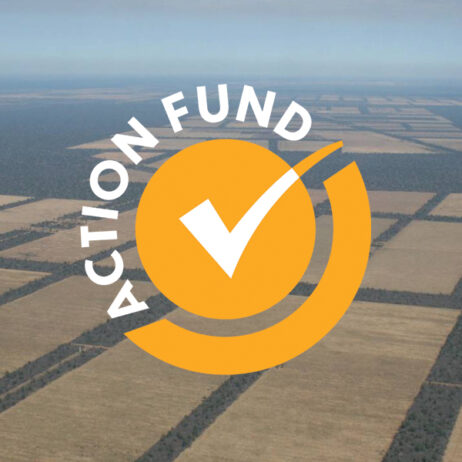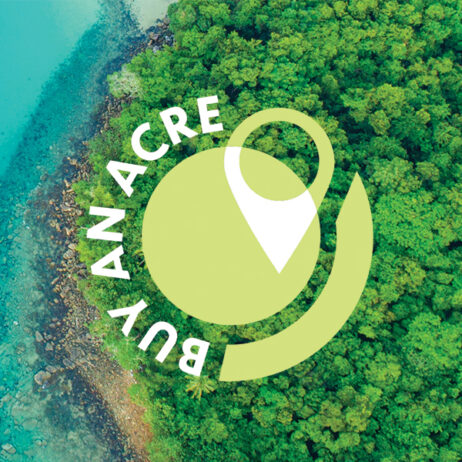
A new frog species has been identified in Ecuador by WLT partner EcoMinga together with biologists from Ecuador’s National Institute of Biodiversity. The new species joins many others described by EcoMinga in recent years.
EcoMinga’s Reserve Manager and leading amphibian expert Juan Pablo Reyes-Puig is no stranger to new discoveries. In 2014, he helped identify three new frog species (Pristimantis puruscafeum, P. marcoreyesi, and P. punzan) and then, in 2019, two more (P. mallii and Noblella naturetrekii), and in 2022, P. anaiae.
Now add to that already impressive list the Norma Ewing’s Rain Frog (P. normaewingae) described this year in the journal Evolutionary Systematics. At just over 25 mm long, the new species may be small but its discovery is significant and highlights the extraordinary wealth of wildlife that still remains to be described within Ecuador.

Meet Norma Ewing’s Rain Frog (Pristimantis normaewingae). Found on bromeliads and shrubs in the tropical rainforest, this new species joins over 10 others described by EcoMinga’s Reserve Manager Juan Pablo Reyes-Puig. Credit: EcoMinga
The new species was identified using a wealth of information, with detailed measurements of everything from body length and head length to eye diameter and upper eyelid width, as well as DNA analysis.
Speaking about the new discovery, EcoMinga’s President Lou Jost said “All the species of this branch of the “frog family tree” were unknown until a few years ago, and all of them live in the east-central Andes of Ecuador and nowhere else. The species are remarkably variable, which makes them hard to figure out, so DNA analysis has been extremely helpful. This is the first time that all the DNA work was done inside Ecuador (at Ecuador’s National Institute of Biodiversity) by Ecuadorians.”

This image shows the startling amount of colour variation between different individuals of the Pristimantis genus. A1 to A3 are adult females. B1 to B3 are adult males. C1 to C3 are juvenile females. D1 to D3 are juvenile males. Image taken from Reyes-Puig, Yánez-Muñoz, Libke, Vinueza and Carrión-Olmedo (2024). Credit: Juan Pablo Reyes-Puig and Zane Libke.
A mountain of discoveries
The new frog species was found during a research expedition to a remote mountain called Cerro Candelaria. Located in the Rio Pastaza watershed where the Andes meets the Amazon, this one mountain is a melting pot of biodiversity and the site of many new discoveries. Among the most spectacular of these was EcoMinga’s identification of 26 new species of Teagueia orchid in 2004. In 2007, WLT funded the creation of the Cerro Candelaria Reserve, enabling EcoMinga to safeguard this extraordinary habitat.
Many new species are still waiting to be discovered in the foothill slopes and peaks of the Ecuadorian Andes. But these unique mountainous forests are under threat from rapidly increasing agricultural expansion, illegal logging, and mining.
By supporting World Land Trust, you will help ensure that these havens of undiscovered wildlife are not lost, and that this newly discovered frog species is joined by many more. Learn how you can help here.

